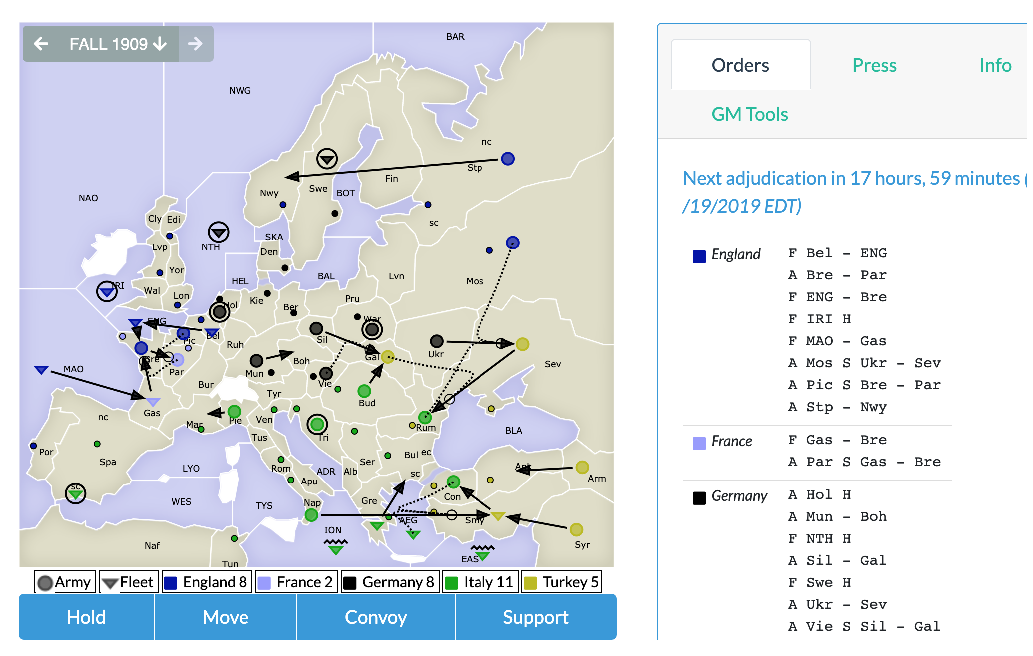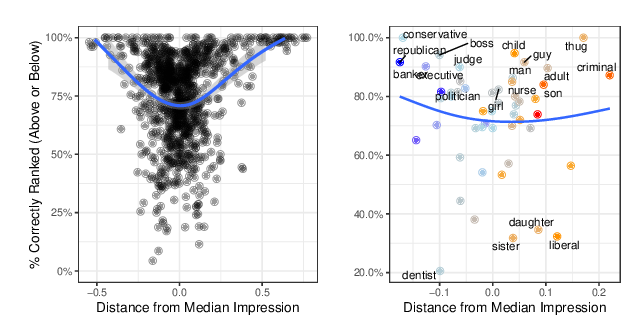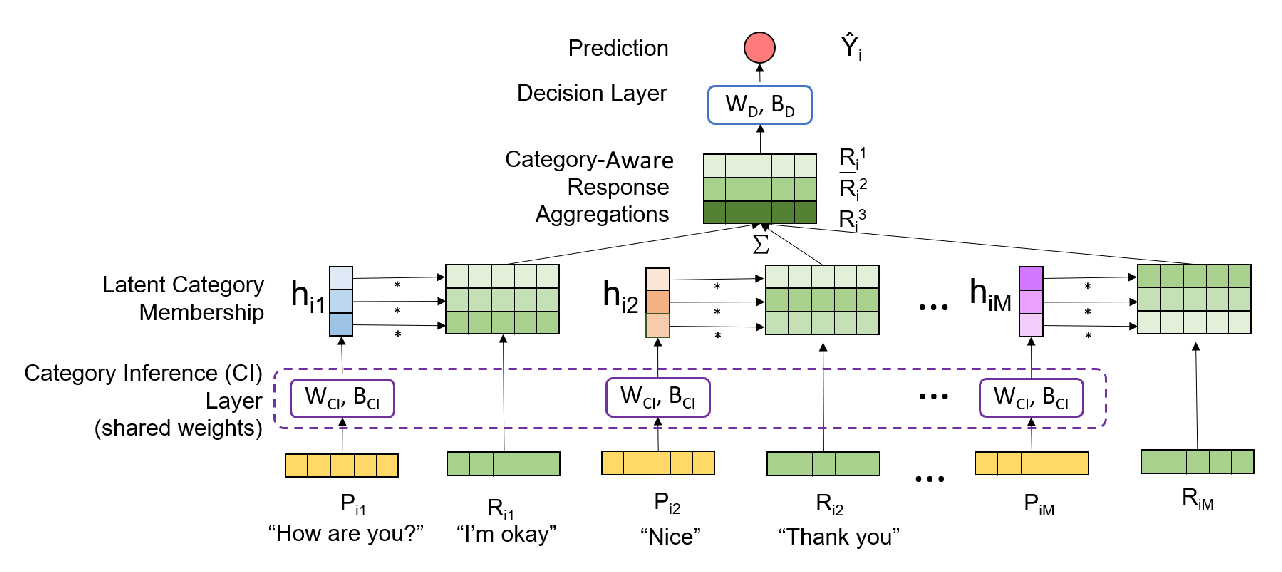Acoustic-Prosodic and Lexical Cues to Deception and Trust: Deciphering How People Detect Lies
Xi (Leslie) Chen, Sarah Ita Levitan, Michelle Levine, Marko Mandic, and Julia Hirschberg
Speech and Multimodality TACL Paper
Session 4A: Jul 6
(17:00-18:00 GMT)

Session 5A: Jul 6
(20:00-21:00 GMT)

Abstract:
Humans rarely perform better than chance at lie detection. To better understand human perception of deception, we created a game framework, LieCatcher, to collect ratings of perceived deception using a large corpus of deceptive and truthful interviews. We analyzed the acoustic-prosodic and linguistic characteristics of language trusted and mistrusted by raters and compared these to characteristics of actual truthful and deceptive language to understand how perception aligns with reality. With this data we built classifiers to automatically distinguish trusted from mistrusted speech, achieving an F1 of 66.1%. We next evaluated whether the strategies raters said they used to discriminate between truthful and deceptive responses were in fact useful. Our results show that, while several prosodic and lexical features were consistently perceived as trustworthy, they were not reliable cues. Also, the strategies that judges reported using in deception detection were not helpful for the task. Our work sheds light on the nature of trusted language and provides insight into the challenging problem of human deception detection.
You can open the
pre-recorded video
in a separate window.
NOTE: The SlidesLive video may display a random order of the authors.
The correct author list is shown at the top of this webpage.
Similar Papers
It Takes Two to Lie: One to Lie, and One to Listen
Denis Peskov, Benny Cheng, Ahmed Elgohary, Joe Barrow, Cristian Danescu-Niculescu-Mizil, Jordan Boyd-Graber,

When do Word Embeddings Accurately Reflect Surveys on our Beliefs About People?
Kenneth Joseph, Jonathan Morgan,

Predicting Depression in Screening Interviews from Latent Categorization of Interview Prompts
Alex Rinaldi, Jean Fox Tree, Snigdha Chaturvedi,

Human Attention Maps for Text Classification: Do Humans and Neural Networks Focus on the Same Words?
Cansu Sen, Thomas Hartvigsen, Biao Yin, Xiangnan Kong, Elke Rundensteiner,
